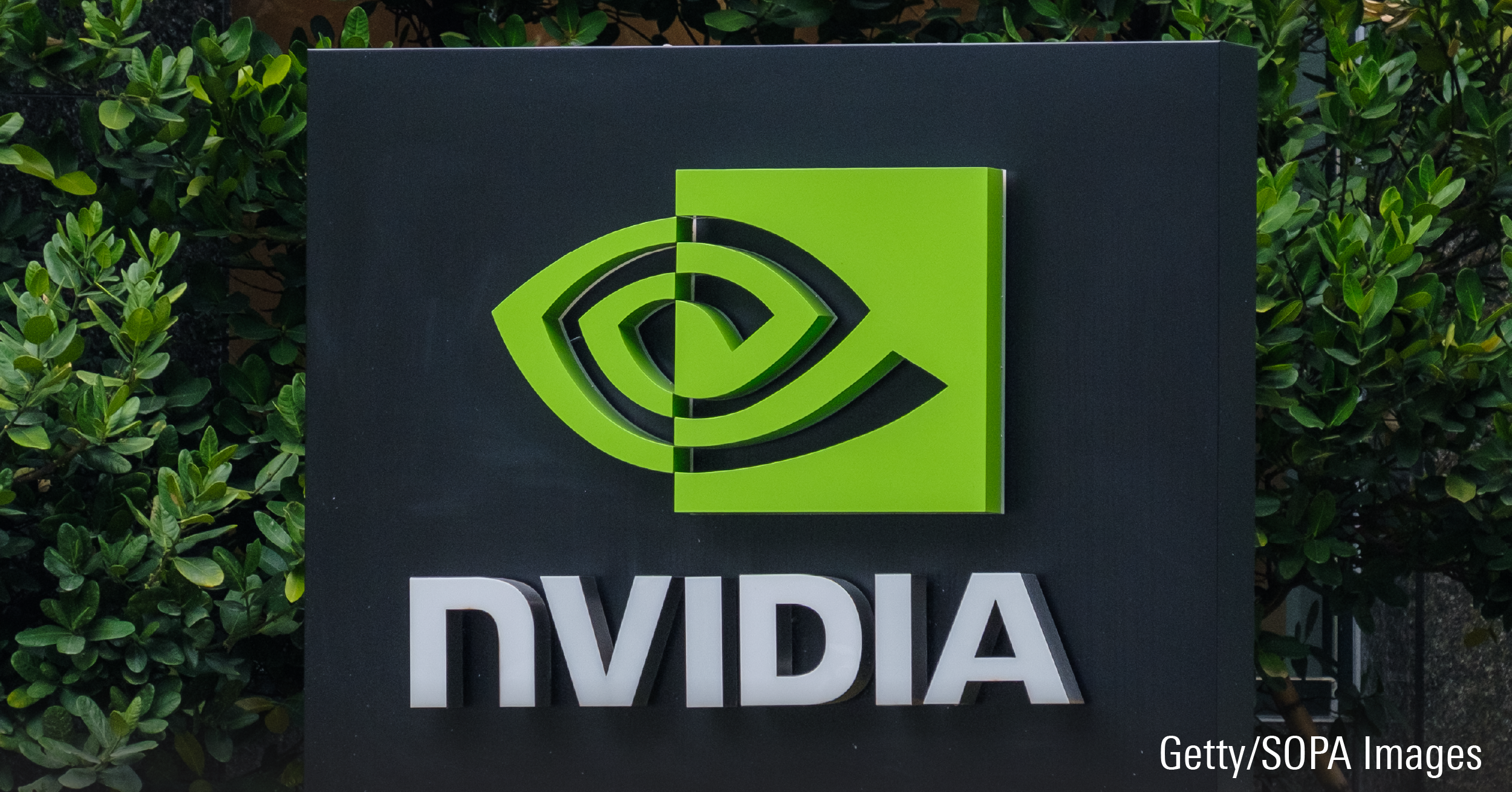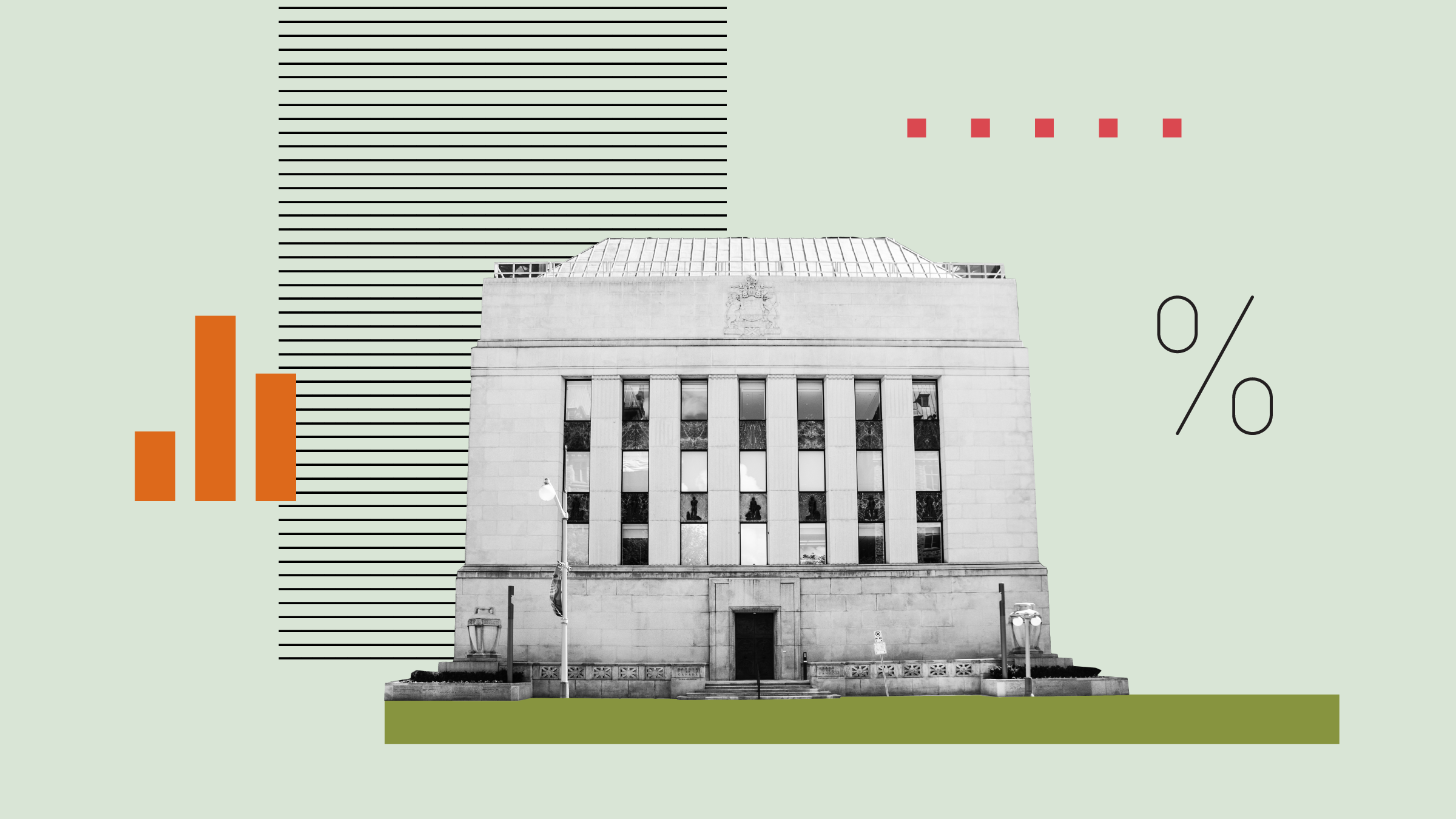High-yield bonds have surged since the end of last year, with investors ploughing into the asset class on hopes that the economy is showing signs of a rebound. Yet Barry Allan remains cautious and holds about 20% cash in the $1.47-billionDynamic High Yield Bond.
"Corporate spreads got to record highs in this cycle, almost twice as wide as they've ever been before," says Allan, 55, president and founder of Toronto-based Marret Asset Management Inc. "Equity markets dropped pretty much as they have in the past. But the high yield market went down five times more than it ever did."
High-yield or so-called junk bonds (whose credit ratings are below investment grade) are fixed-income securities but their price movements resemble those of equities in that they depend mostly on a company's health rather than interest-rate movements.
High-yield bonds were a victim of last fall's global banking crisis, as many banks were forced to dump these securities to bolster their balance sheets. Spreads on high-yield bonds shot up to 2,180 basis points (bps) over U.S. treasuries.
"The longer-term implications [of last fall's crisis] have yet to be seen," warns Allan. "We've gone through 30 years of leveraging, at the corporate and individual level. It's very unlikely that you can repair that in one year. This will be felt for many years to come."
Allan believes that the de-leveraging process will result in much weaker growth for the next few years. In addition, massive debt issuance by the U.S. government to fund stimulus programs could lead to aggressively rising bond yields.
"They have to rise to entice foreign investors," says Allan, adding that treasury yields could double to 7% within two or three years. "And the U.S. dollar has to fall to encourage people to buy U.S.-dollar denominated assets."
Dynamic High Yield Bond has the ability to hedge against higher government yields by short-selling U.S. treasury futures, a tactic Allan may implement later this year.
While he is gradually reducing the fund's cash, Allan is not chasing the riskiest part of the high yield market that has attracted much attention. The spread for CCC-rated bonds is 1,404 bps, compared to the peak spread of 2,450 bps in previous recessions.
Meanwhile, the spread on BB-rated bonds is 647 bps, compared the average peak of 690 bps. (High-yield bonds have credit ratings below BBB.)
"The bulk of the spread narrowing has occurred in the riskiest segment," says Allan. "Given our view of the economy, that doesn't make sense."
From an investment standpoint, Allan has focused on BB-rated bonds. He is also favouring the energy and mining sectors, which account for 17% and 13% of the fund, respectively. "They reflect our view that the U.S. dollar will fall and drag commodity prices higher."
One large holding is Baytex Energy Trust. Maturing in 2010, the B-rated bond yields close to 10%. Athabasca Oil Sands Corp., a private firm, is represented by a bond maturing in 2011 that yields almost 13%.
A native of Prince George, B.C., Allan is a 30-year industry veteran. Although he had aspirations of becoming a professional athlete, and earned a degree in human kinetics at the University of British Columbia in 1976, he abandoned that goal and switched to business. He attended the University of Arizona, at Tucson, and earned an MBA in 1979.
Allan began his career as a financial analyst at Procter & Gamble. After two years, and interested in trading, he joined Bank of Montreal's treasury department where he worked as an interest rate and currency swap trader.
When the bank bought Nesbitt Thomson in 1987, he joined that organization and was head of fixed income derivatives. Among other tasks, he traded distressed debt and Canadian debt in foreign currencies. In 1995, Allan joined Altamira Investment Management Ltd., where he managedAltamira High Yield Bond.
Five years later, Allan launched Marret Asset Management. The firm has $2.9 billion in assets, primarily held by institutional clients. Besides the Dynamic product, Allan runsArrow High Yield Fund Class A, a hedge fund with about $250 million in assets.
Allan, who is backed by nine investment professionals, limits single holdings in Dynamic High Yield Bond to about 7%. Turnover has been 108.7% for the year ended June 30, 2008 (the latest data available), which Allan considers normal for the asset class. But he expects it will decline modestly as the recession starts to unwind.
The two-star rated fund returned 11.9% for the first seven months of 2009, compared to 16.4% for the median fund in the High Yield Fixed Income category. This disparity is attributable to the fund's high cash position and the absence of CCC-rated bonds.
Allan argues that being defensive will reward long-term investors. "We look at this over a full cycle, which is usually six to eight years." That's why he's invested in Teck Cominco Ltd. Its BB-rated bond yields about 9%, down from 11.5% when the debt was issued recently.
"This is my single-best deleveraging story," says Allan. "It will continue to deleverage over the next couple of years and pay down debt. That will drive the prices of these bonds significantly higher."















